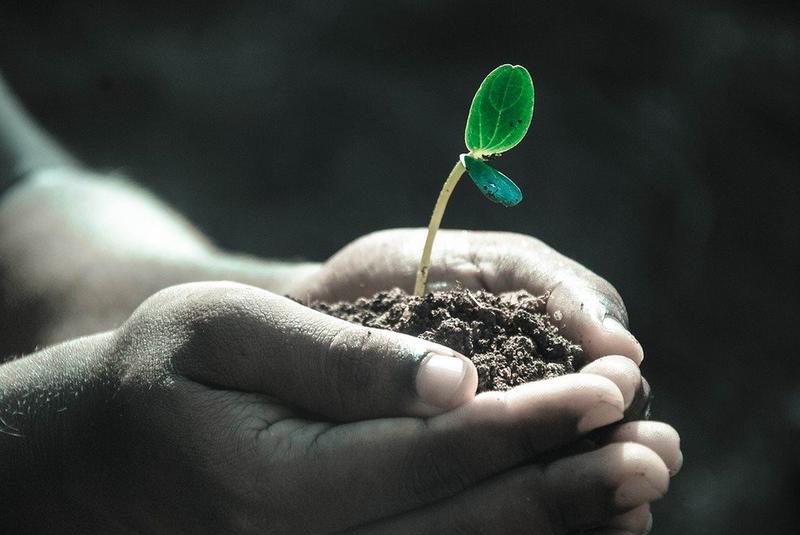Where to Buy New Soil for Your Plants

Sandy soil is exactly what its name suggests — a soil that has a high concentration of sand particles. Other types of soil May deliver a high clay or silt up concentration only, in sandy soil, it is particularly low. Take on to learn more about sandy dirt, its uses, and other different types of soil that exist in nature.
What Is the Consistence of Sandy Grease?
Sandy soil has a bigger concentration of sand when compared to other soils and is besides referred to occasionally as "sick soil." IT is comprised of roughly 35 percentage Amandine Aurore Lucie Dupin and only 15 percent of clay and silt. This type of sand is not exactly what you'd find at the beach. Instead, this type of sand is the product of years of eroded minerals and rocks. IT has a nongranular, courageous texture and is relatively easy to spot because of the high concentration of sandpaper.
What Is Sandy Soil Put-upon For?
Sandy soil is not a great deal used for gardening. The high grit concentration makes the soil quite dried. In accession, the particles of sandy, light soil are much larger than other types of soil. This makes it tough for water and nutrients to form holes and pockets, which helps plants and flowers maturate. As nutrients and water are directed away, the plant fails to thrive. Light soil has many another uses, however, such as:
- A foundation for home construction
- Construction
- Drainage construction
- Department of Agriculture
- Low settlements
- Esthetics, such as a park or playground
Because of its declamatory particles and the tendency to washout water away, it makes information technology an excellent soil for construction drainage sites. It also does not get adhesive, so it is a possible choice for foundation building or on construction sites.
How Do You Improve Loose Soil?
If you'Ra attempting to grow your own garden at dwelling house, and your house site is on a property that has sandy grime, IT English hawthorn cost a struggle to try to grow plants or flowers. However, there are ways to better sandy dirty to form it fitter for gardening OR husbandry. One of the easiest and quickest shipway is to add manure or compost to the soil. This doesn't ask to be too complicated — in fact, honorable adding grass clippings from your mower to the soil can help it tie ameliorate. If you do this, particularly if you bouncy near the shore, you coiffe want to picke the salt levels of the soil. High salt levels are not healthy for crops either, and both manure and compost can raise salt levels.
What Are Other Types of Soil?
There are other common types of soil that exist in nature, including clay soil, silt soil, peat soil, chalk filth, and loam stain. These soils are named as they are because they have a high tightness of that particular element in the grunge. For example, sandy soil has a high concentration of sand, and remains soil has a shrilling concentration of Henry Clay. Both remains and silt up soils are passing common.
What Is Clay Soil?
Clay soil is a soil that has at to the lowest degree a 25-percent consistence of clay. This type of grease is high in nutrients and is ideal for gardening operating theatre farming. Clay likewise forms spaces between the particles, indeed holds nutrients and water in much better than sandy soil. The simply drawback is how tearless clay soil can become in summer and, because of this, information technology requires much of lacrimation.
What Is Silt Ground?
Silt up soil is also an excellent type of soil for farming or horticulture because of how well it holds in wet. Similarly to blond soil, however, silt soil works best when living thing matter to is added, such as manure or compost. Adding nutrients can help contour more stable clumps and pieces of soil, which helps foster growth.
Where to Buy New Soil for Your Plants
Source: https://www.reference.com/science/sandy-soil-62fa41c46a40bd7f?utm_content=params%3Ao%3D740005%26ad%3DdirN%26qo%3DserpIndex
Posting Komentar untuk "Where to Buy New Soil for Your Plants"